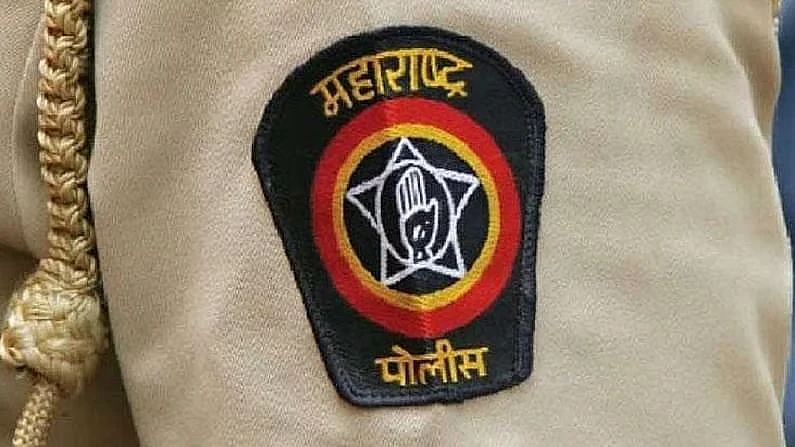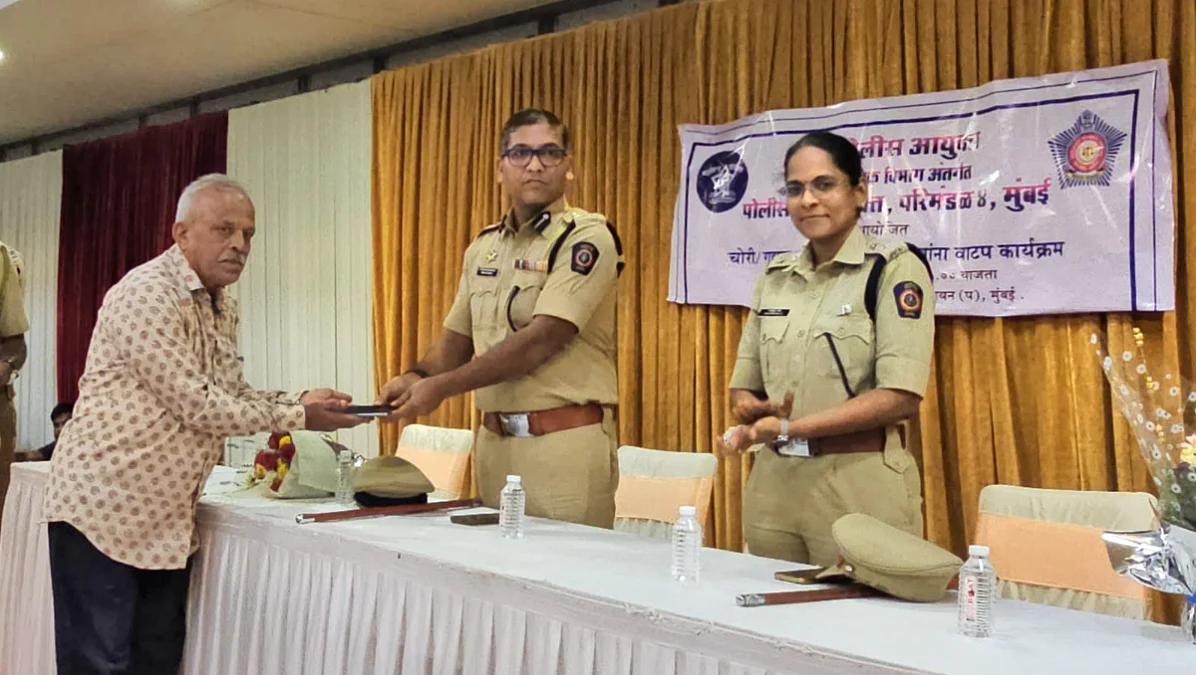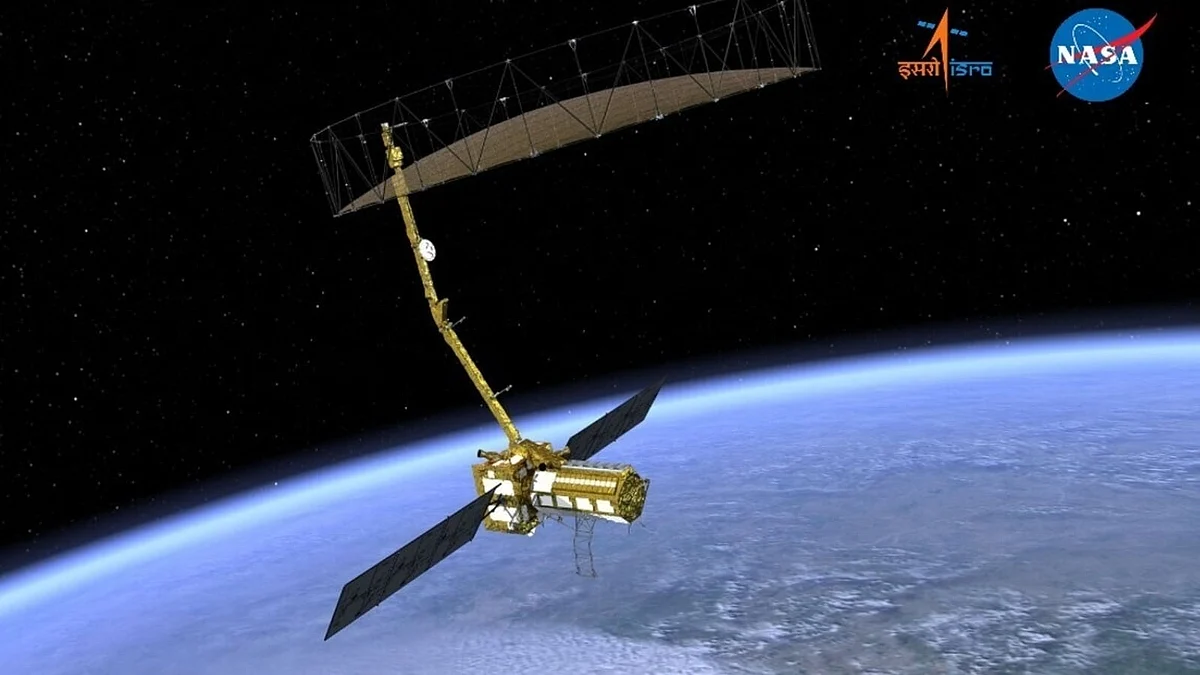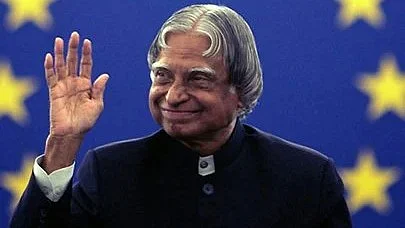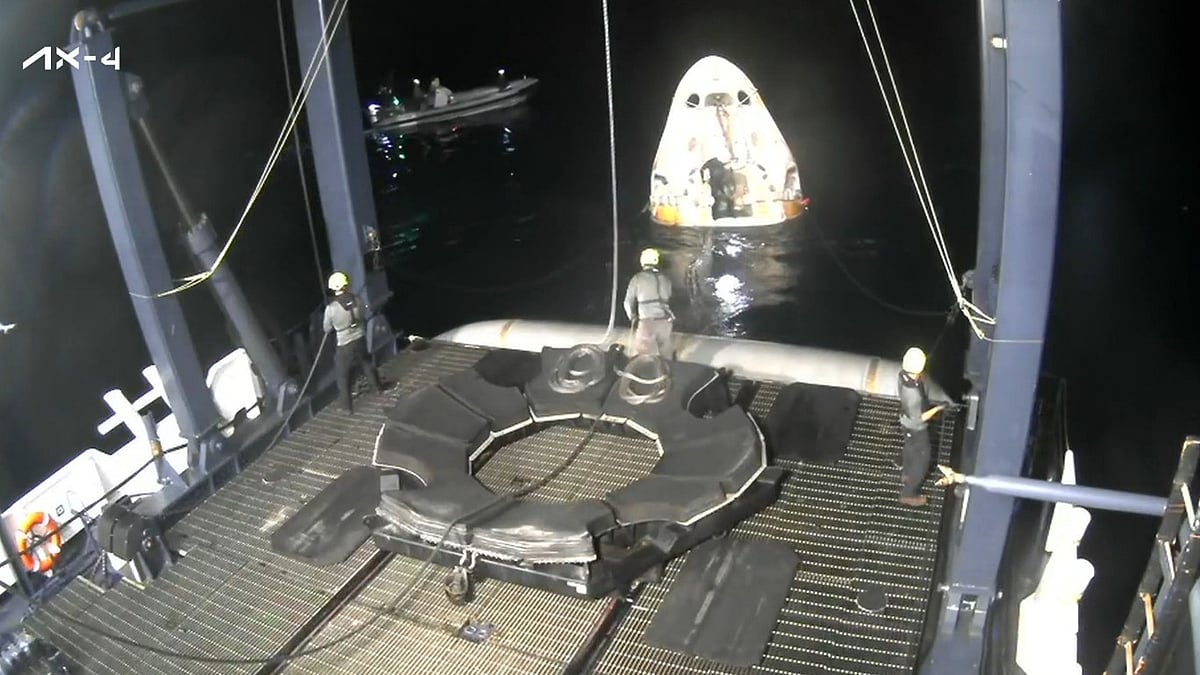On Tuesday, the city-based Giant Metrewave Radio Telescope (GMRT) was awarded with the Institute of Electrical and Electronics Engineers (IEEE) milestone recognition.
GMRT is one of the largest radio telescopes that has been operating in low frequencies for more than 20 years and has made immense contributions in the field of astrophysics.
After J C Bose’s demonstration of generation and reception of radio waves and the discovery of the Raman Effect by C V Raman in 1928, this is only the third time an Indian facility has received this milestone. However, IEEE recognitions to these had come way back in 2012 and the IEEE milestone for GMRT was announced in November 2020.
The GMRT is operated by the Tata Institute of Fundamental Research (TIFR)-National Centre for Radio Astrophysics in Pune. The IEEE is the world’s largest technical body which publishes research in engineering and computing in addition to awarding standards to institutions and organizations in such fields.
Led by the late Prof Govind Swarup, a team of scientists and engineers conceived the GMRT in the 1990s to study our universe. The facility is operational since 2002 and is utilized by India and scientists from over 40 countries. It recently underwent an upgrade after which it offers wider frequency for carrying out celestial observations.
K N Vyas, secretary, Department of Atomic Energy, read out Prime Minister Narendra Modi’s letter congratulating the scientists.
In his message, PM Modi said, “The rare feat by the NCRA-TIFR that has built and runs GMRT has made the nation proud. Our astronomers’ contribution towards a deeper understanding of the celestial phenomenon of the universe has been phenomenal. GMRT surely marks a continuation of this magnificent practice as one of the most sensitive radio observatories in the world, which is used by astronomers all over the globe.”
K Kasturirangan, former chief of ISRO also expressed his elation in a video message. He said, “The IEEE recognition goes to India’s high level of expertise in electronics. The uGMRT (upgraded GMRT) should open more windows to newer research.”
(With inputs from agencies)



